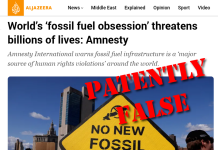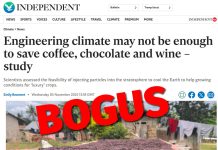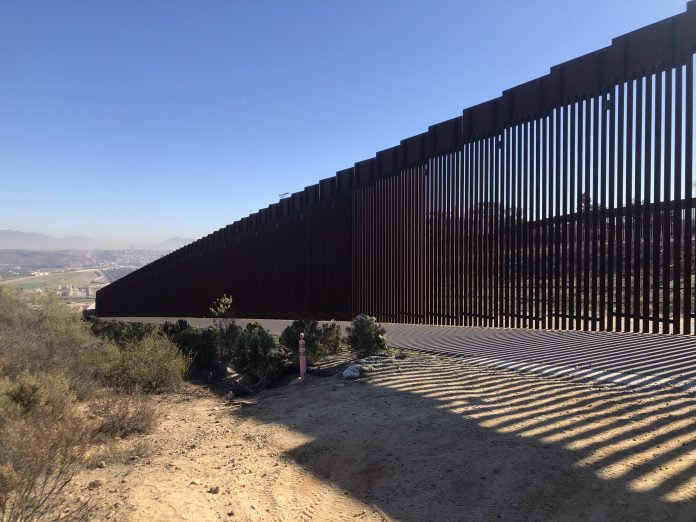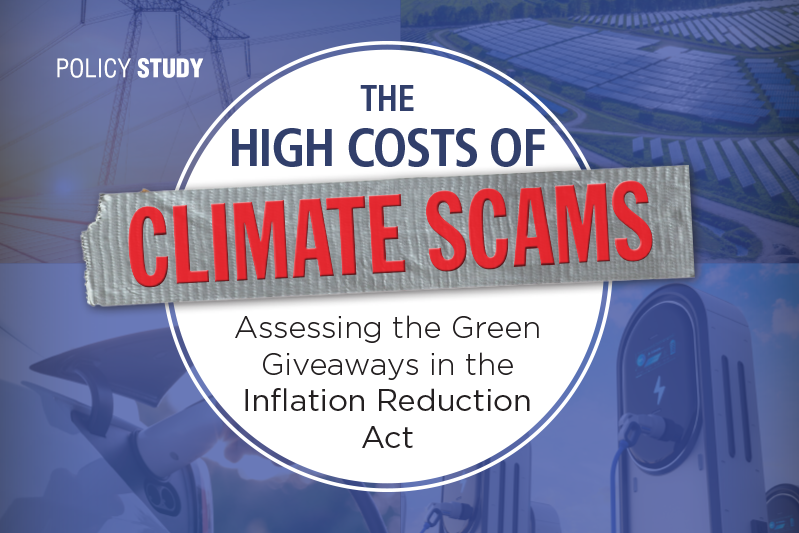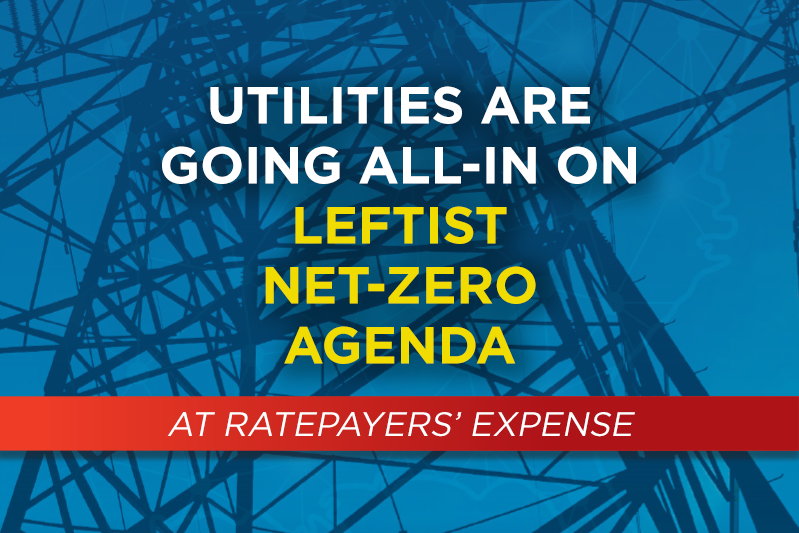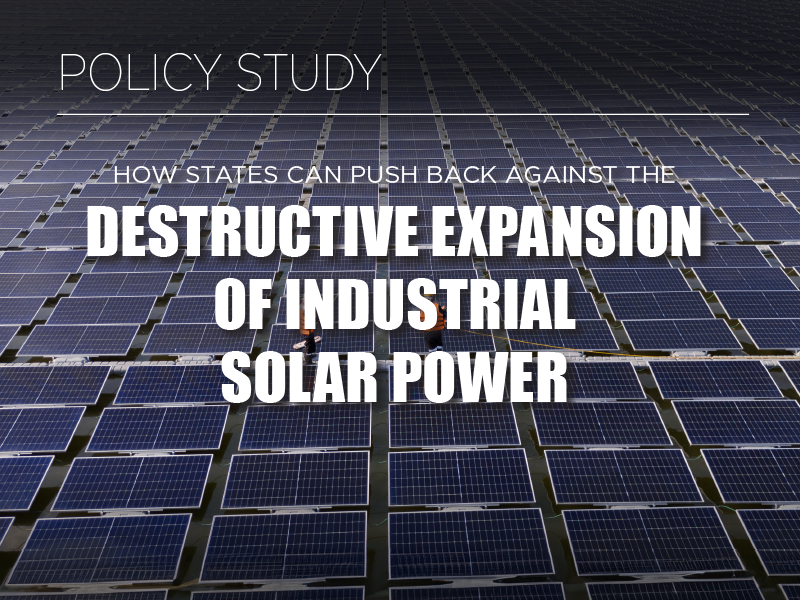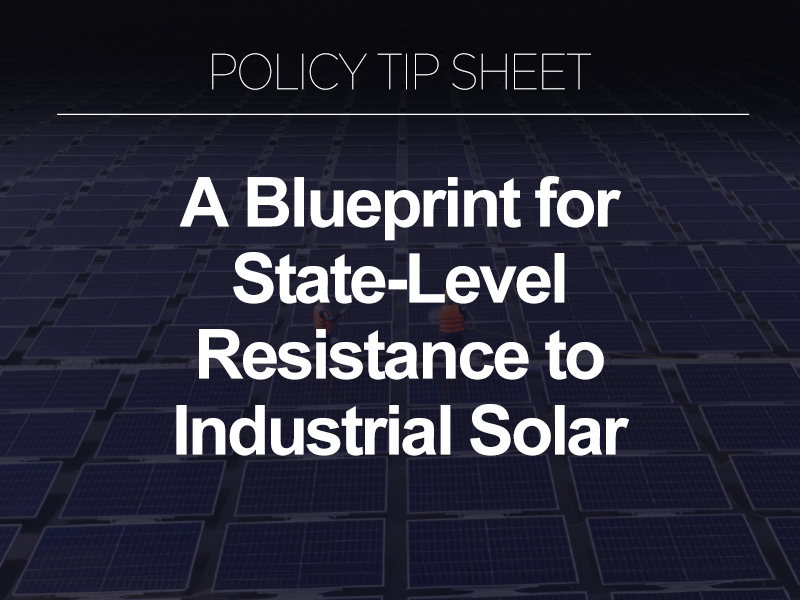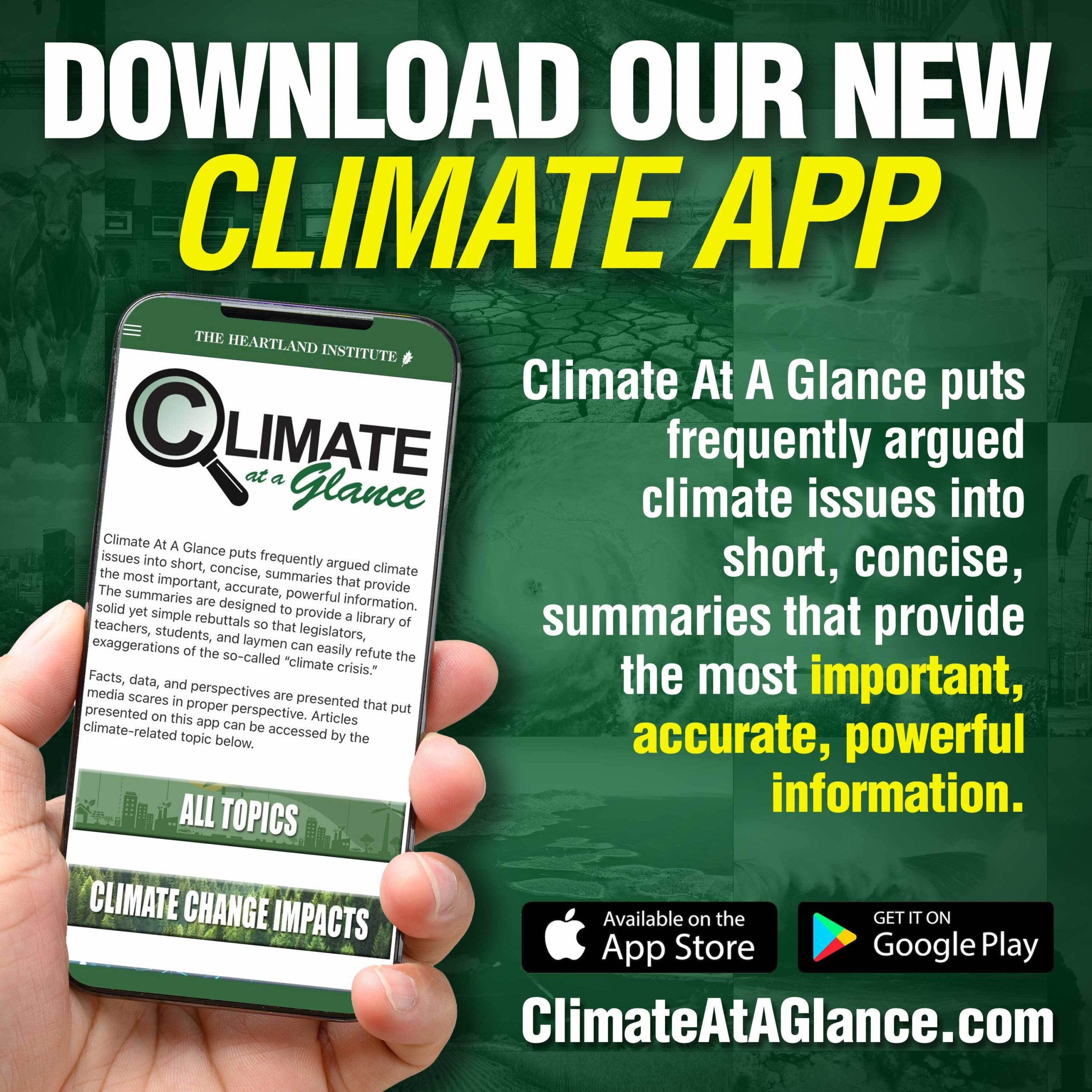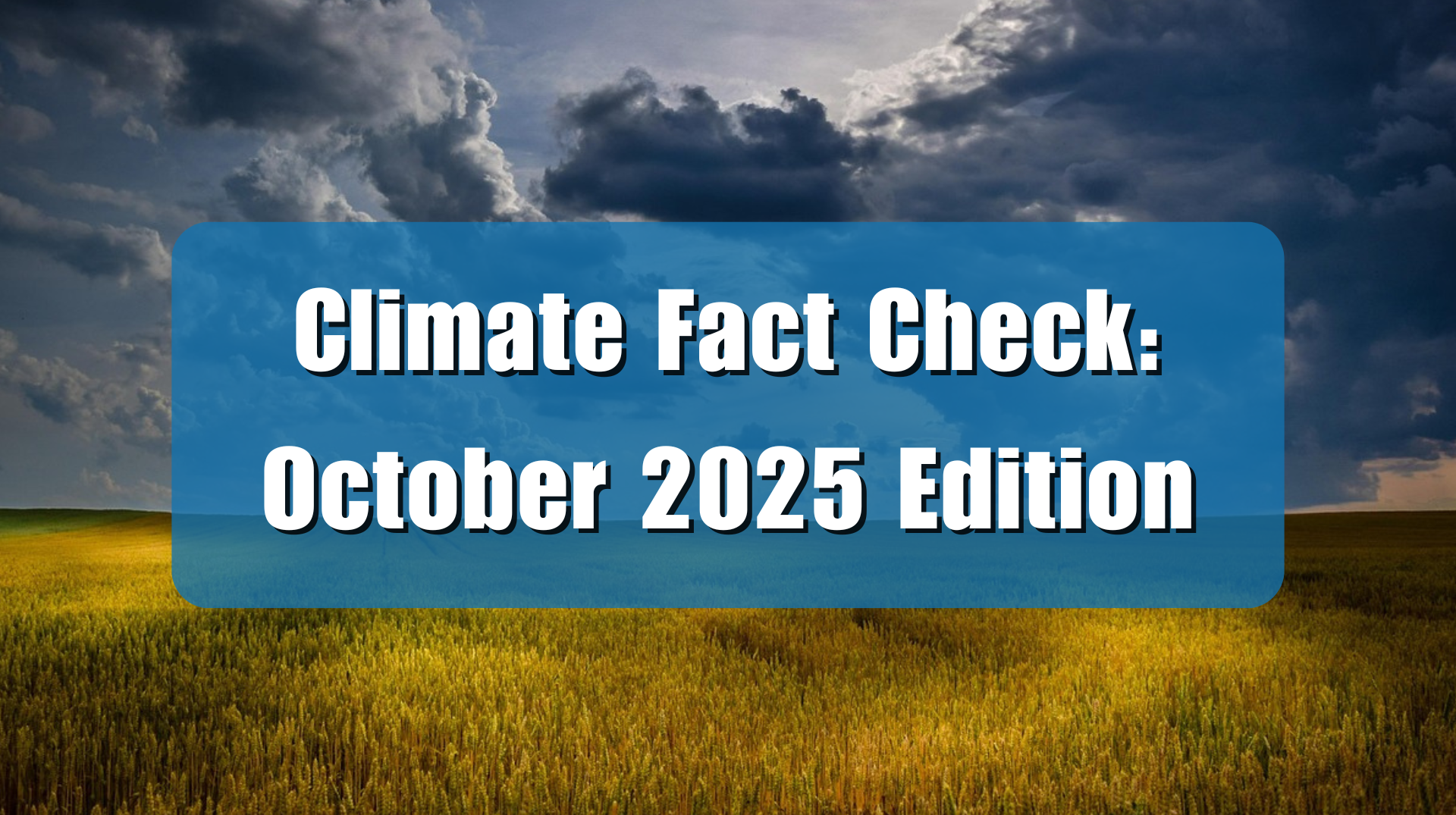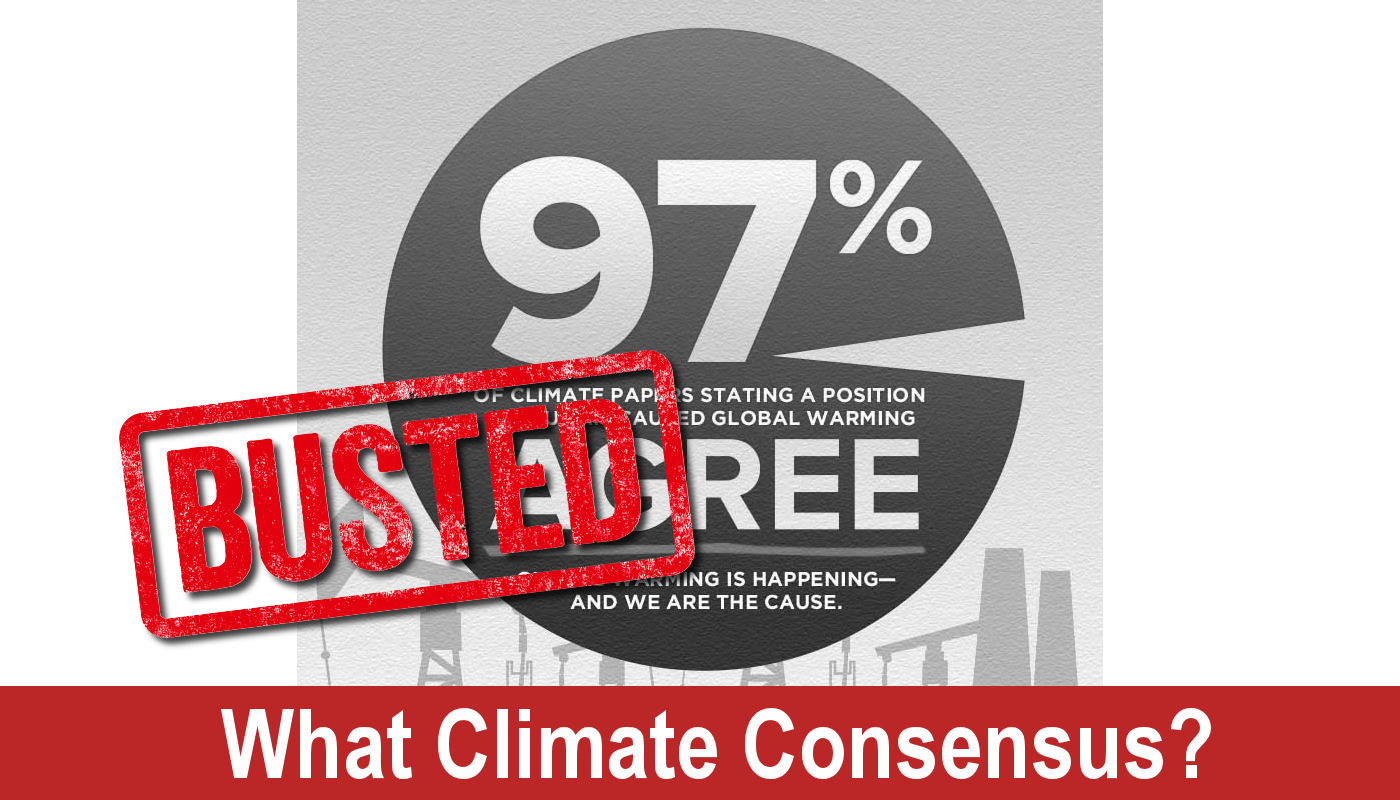An article by Border Report (BR), posted at Newsbreak, claims that Trump-era climate policies are driving migrants to attempt more U.S. border crossings, due to environmental disasters the report alleges are caused by climate change. This is false. The extreme weather referenced by the study and article is not worsening, attempted crossings have declined not increased, and migration from South and Central America is overwhelmingly driven by political corruption, criminal violence, and poverty.
The BR article, titled “Report: Trump climate policies are driving migrants to the border,” cites a report published by two pro-migrant nonprofits, the International Refugee Assistance Project (IRAP) and Las Americas Immigrant Advocacy Center (LAIAC). The report BR cites says things like weather disasters as contributing to displacement, also claiming they “exacerbate vulnerabilities along migration routes.” The report also claims that “restrictive immigration policies worsen the issue by pushing vulnerable populations into perilous migration routes, where climate-exacerbated hazards pose even greater risks to their safety and survival.”
Much of the cited report is based on interviews with just 26 asylum seekers from 12 different countries conducted in Ciudad Juárez, Mexico, and El Paso, Texas. From that extremely small sample, the report says 17 of them claimed that “climate harm” was one of the factors that drove them to leave home and 22 of them said they experienced extreme weather on the way to the U.S. border, “which included extreme heat, cold, flooding and storms.”
It should go without saying that this is not evidence of Trump’s climate policy contributing to mass migration. Both weather and migration data definitely hammer the point that this is nonsense home. Experiencing extreme heat, cold, and other bad weather is not proof of climate change, it is proof that trekking across multiple equatorial countries –partially on foot—exposes you to the elements regardless of climate change. Also, as Climate Realism has shown repeatedly, incidences of extreme weather are not increasing.
One of the more recent claims the media uses to support the climate refugee narrative is that agricultural failures necessitate migration. Data on food production from regions where a lot of migrants come from, however, shows no widespread or consistent pattern of failure that can be attributed to the modest warming of the past century. Concerning the claim that Latin America is suffering from disrupted food systems, Climate Realism debunked this across dozens of articles showing that staple crop production is increasing, not declining there.
Climate-change driven migration, or the idea of “climate refugees” has long been floated as a major issue, and though it is true that a localized natural disaster can necessitate groups of people leaving their home region, temporarily or even permanently, there is no reason they should then have to cross the borders of multiple countries to reach the United States to find safety from the weather. Extreme weather impacts the United States as well, and individual extreme weather events cannot be attributed to climate change.
Another point is that this report came out in May 2025, and the actual interviews were conducted in January of this year—possibly both before and only shortly after Trump actually entered office. Even if it is possible for Trump’s climate policies to impact climate change over the long term, and that’s a big if, it is impossible for any of Trump’s climate policies to have to influenced climate change during the time period during which the illegal immigrants interviewed were migrating. What Trump coming into office actually did was to significantly lower the number of encounters at the border across all demographics.

The evidence is clear that Trump’s policies rather than “driving migrants to the border,” as BR claims, have, in fact, sharply curtailed illegal immigration.
The actual major drivers of asylum-seeking are political corruption, criminal/cartel violence, and poverty. Migrants from Latin America are coming to the United States because it is relatively stable and provides economic opportunities. Not to be discounted is the fact that previous administrations’ leniency with illegal migration and asylum requests encouraged large numbers of people to try, regardless of whether or not they were actually displaced by any natural disaster. In fact, as discussed at Climate Realism, here, in 2021, Guatemala’s President Alejandro Giammattei, chastised the Biden administration, in the form of Vice President Kamala Harris, for claiming illegal immigration from Guatemala and the southern Americas to the United States was being caused by climate change. Giammattei said the spike in illegal immigration to the United States in 2021 was not due to changed climate conditions in Guatemala but rather to the more welcoming message to migrants by the Biden administration.
Even the report cited by BR admits that so-called climate harm is only one of the factors that driving people’s their migration. BR conveniently does not list the others.
The real game of BR and the report authors is revealed in the comment quoted from IRAP’s “Climate Research & Operations Specialist” Julia Neusner, who said that the only way to respond to climate change “is the creation of orderly and accessible pathways to safety for displaced people[.]”
The first and primary goal from the nonprofits and Border Report is to make it easier for people to move to almost exclusively first-world, western nations like the United States, unfounded claims about climate displacement are just useful and cynical tools to that end.






